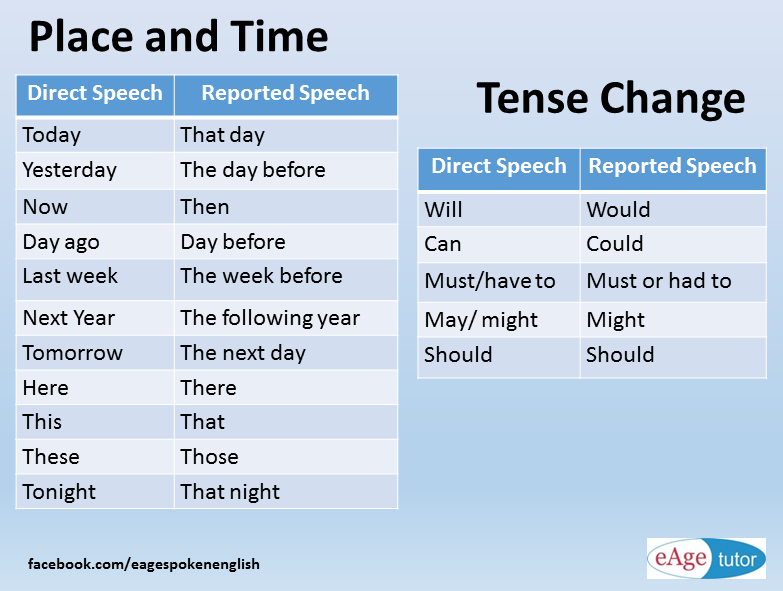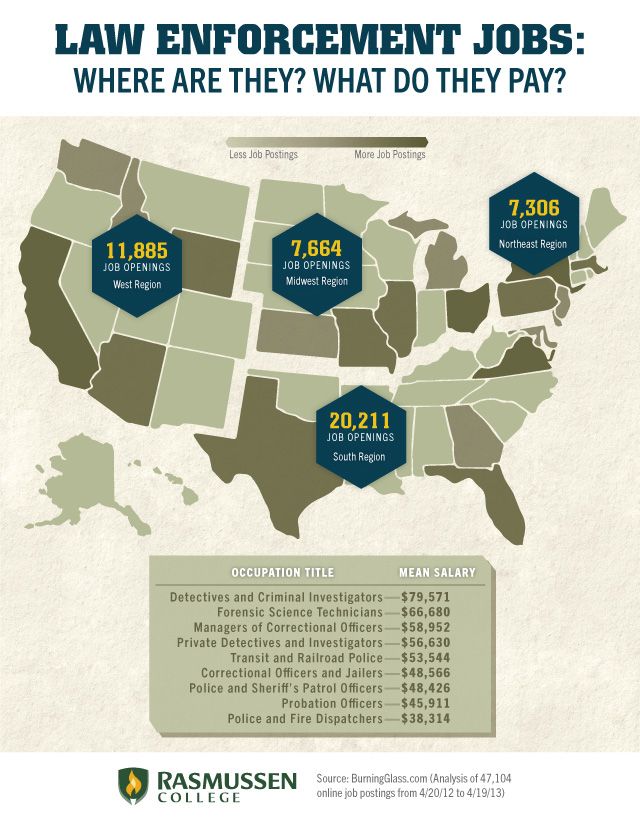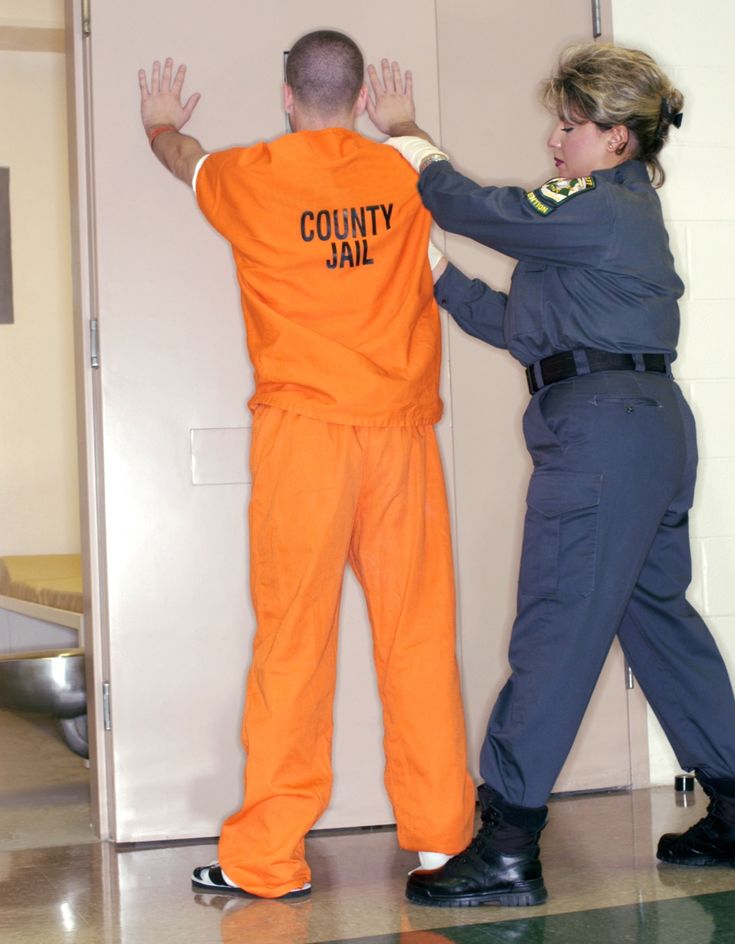You can learn more about available benefits by viewing the Bargaining Unit 6 contract.
Salary benefits begin when you arrive at the academy.
After completion of the Academy, cadets are moved to a higher range in the pay scale. Thereafter, semi-annual and annual adjustments to higher ranges are made until the Correctional Officer reaches the top of the pay scale.
| During Academy | $4,099 /month |
| After Academy | $5,043 /month |
| Top of Pay Scale | $8,422 /month |
CDCR offers recruitment and retention pay or housing stipends at some institutions in addition to the regular salary.
Recruitment and Retention Differential Pay:
Persons accepting positions at the institutions listed below will receive an additional $2,600 differential pay (two payments of $1,300). The first payment will be after completion of six qualifying pay periods.
The second payment will be after completion of an additional six consecutive qualifying pay periods.
Housing Stipend Pay:
An additional $200 per month housing stipend will be paid to persons accepting positions at the following institutions:
Check out the list of Priority Prisons that have immediate hiring needs, incentives are paid at these institutions. Although processing times will vary, priority processing may result in an earlier hire date.
CDCR offers exceptional benefits for Correctional Officers.
Military and veteran applicants may be eligible to receive Montgomery and/or Post 9-11 GI Bill. CDCR has been certified by the Department of Veteran Affairs as an approved Veterans Education program for cadets enrolled in the Basic Correctional Officer Academy and during the correctional officer’s two year apprenticeship an any CDCR facility.
CalPERS Retirement – 2.5% at 57 years of age
Your benefit factor is the percentage of pay to which you are entitled for each year of service. It is determined by your age at retirement and the retirement formula based on your membership date with each employer. Visit www.calpers.ca.gov for detailed information regarding safety retirement.
Visit www.calpers.ca.gov for detailed information regarding safety retirement.
After 25 years of service, 100% paid retiree health benefits.
The retirement benefits for corrections, detentions and court-employed probation and surveillance officers will change July 1, 2018, due to pension reforms passed in 2017. To read the law, click here.
These reforms do not impact current members and retirees of the Corrections Officer Retirement Plan, better known as CORP.
However, employers and local boards must learn the benefit changes, which, generally speaking, contain similar elements to the PSPRS reforms that went into effect in 2017. CORP Reform is intended to bring added sustainability and employer and taxpayer cost-savings to public pensions in Arizona.
The most pressing issue for all employers is processing payroll and contributions for current members and Tier 3 members once reforms become effective July 1, 2018.
Most employers with CORP members are already processing payroll and contributions with updated data entry requirements. However, there are corrections-specific employers who may not be prepared for the updated technical requirements.
Click here for the most recent contribution codes and data requirements for processing payroll and contributions.
Employers must be aware that the pending pension reform creates two different benefit structures, one for correction and detention officers and another for certain employees of the Administrative Office of the Courts. Employers can check A.R.S. 38-881 for help determining membership eligibility.
Starting in July 2018, newly hired corrections and detention officers who work in state prisons, county jails, and municipalities will receive retirement benefits through the Public Safety Personnel Defined Contribution Plan. This is a 401(a) plan in which member and employers contribute towards members’ retirement.
This is a 401(a) plan in which member and employers contribute towards members’ retirement.
This reform closes CORP to new members from corrections and detention positions. The 401(a) tax-deferred retirement plan administered by Nationwide Retirement Solutions and managed by the PSPRS Defined Contribution Committee provides retirement benefits to all Tier 3 corrections and detentions officers.
It is important to note that CORP will remain open for new hires of Arizona’s Administrative Office of the Courts’ probation and surveillance positions. Those hired into these positions will be given a choice of retirement benefits from the following:
* State law permits 401(a) Defined Contribution plan members to make a one-time and final decision to lower their employee contribution rate as low as 5 five percent or to increase it to produce as much as the maximum annual contribution amount limits permitted under state law.
Below is a video overview of the reforms and a basic summary of the Tier 3 member benefits.
Below is a video that highlights details of the 401(a) retirement plan for Tier 3 members.
Below is a video that highlights details of the retirement options AOC officers have:
There are several other documents intended to help employers, local boards, and existing and prospective members understand the different benefit member tiers for employment in CORP-covered plans or the pending Defined Contribution 401(a) retirement plan.
For a matrix that summarizes the different benefits among each employee tier, click here.
For a brochure for AOC Probation and Surveillance officers that explains the differences between the CORP pension and the 401(a) Defined Contribution plan, click here.
For a brochure about the 401(a) Defined Contribution Plan all new corrections and detention officers hired in Arizona on or after July 1, 2018 will be enrolled in, click here.
Membership Forms
Beginning July 1, 2018, CORP members newly hired will enroll using one of the following forms:
Membership Form for AOC Probation and Surveillance Officers
Membership Form for all other CORP members
Prisoners will be required to work longer: women up to 60 years old, and men up to 65. Such a government bill, amending the Penal Code in accordance with the new pension legislation, is going to be considered in the State Duma in September . The Cabinet also proposes to send criminals to serve their sentences in the regions where their relatives live.
The Penitentiary Code contains special rules for elderly convicts, which come into force when men reach the age of 60, and women - 55 years. But since January 1, 2019, the pension legislation has changed: the age at which an old-age pension is granted is gradually increasing and by 2023 it will reach 65 for men and 60 for women.
Therefore, the draft law, which the Government submitted to the State Duma on July 2, proposes to consider prisoners as pensioners from the same moment as all citizens of the country. This will immediately affect several aspects of the life of those who are in colonies and prisons - work, education, vacations.
For example, five years later, prisoners will have the choice of whether to work or not. Today, for the time being, all convicts are required to work, and pensioners and disabled people of groups I and II are involved in labor at their request.
Also, pensioners who are serving their sentences receive more money to their personal account. They are left with 50 percent of the income, and not 25 percent, as other prisoners. The remaining funds earned by criminals are kept for their maintenance in the colony and payments to the victims. It turns out that 75 percent of the funds will be withheld from the income of convicts for five years longer.
They are left with 50 percent of the income, and not 25 percent, as other prisoners. The remaining funds earned by criminals are kept for their maintenance in the colony and payments to the victims. It turns out that 75 percent of the funds will be withheld from the income of convicts for five years longer.
The right approach is proposed, because the law on raising the retirement age has been adopted for all citizens of Russia, and it is necessary to bring the penal system in line with it, believes Elena Sutormina, Chairman of the Commission of the Civic Chamber of the Russian Federation for the Development of Public Diplomacy, Humanitarian Cooperation and the Preservation of Traditional Values . “In addition, the state spends money when people are in places of deprivation of liberty, for their maintenance, food, medical care. Previously, it was clearly developed: prisoners performed a certain type of work. Now the task is to provide them with these types of work,” she said.
There is also a problem with the qualifications of convicts, the expert noted. Therefore, the other step envisaged by the bill will also be correct - imprisoned women under 60 years old and men under 65 years old will have to organize vocational training or secondary vocational education if they do not have a profession in which they could work after release. Now the law says that women over 55 and men over 60 can study only if they express such a desire.
“Secondary vocational education is right. The work that is performed in places of deprivation of liberty does not require high qualifications, but certain skills are still needed. For example, women sew, men process wood. And then, if a person educates, this will increase his intellectual level and make it possible to continue working in some specialty in the future, ”says Elena Sutormina.
Prisoners will also be able to count on social services in a stationary form and increased paid leave from work up to 18 days when they turn 65 or 60 depending on gender. As for the pension itself, it is assigned to those serving sentences according to the same rules as for all other citizens of Russia.
As for the pension itself, it is assigned to those serving sentences according to the same rules as for all other citizens of Russia.
Convicts have the right to work and earn money, but there are problems with employment, including due to a lack of jobs. The total number of prisoners in Russia, according to the Federal Penitentiary Service for 2018, is 602 thousand people. Not employed among them, as the head of the Federation Council Committee on Economic Policy Andrey Kutepov , said - 252 thousand.
To solve the problem, the senator suggested allowing convicts to work outside their correctional facilities. The relevant law, which Kutepov developed together with his colleagues, has already been adopted, and it will come into force on January 1, 2020. Criminals will be able to be placed in hostels at enterprises that will be able to hire them. We can say that these will be original branches of the Federal Penitentiary Service, where they organize similar supervision as in the colonies, explained the co-author of the document, Senator Dmitry Shatokhin . Only those who have been sentenced for minor crimes to forced labor in correctional centers or to serving their sentence in colony settlements will have the opportunity to work under such conditions.
Only those who have been sentenced for minor crimes to forced labor in correctional centers or to serving their sentence in colony settlements will have the opportunity to work under such conditions.
According to the chairman of the State Duma Committee on State Construction and Legislation Pavel Krasheninnikov , the law is primarily aimed at the resocialization of convicts. It will also give them the opportunity to earn money, from which the damage to the victims is compensated.
The Government is going to take another step to liberalize the system of punishments in Russia. On July 25, the Cabinet of Ministers submitted a bill to the State Duma, according to which a convict can be sent to a correctional institution in the subject in which one of his close relatives lives. To do this, it is necessary that the offender himself or his relative, with his consent, submit a statement to which the Federal Penitentiary Service can give a positive conclusion.